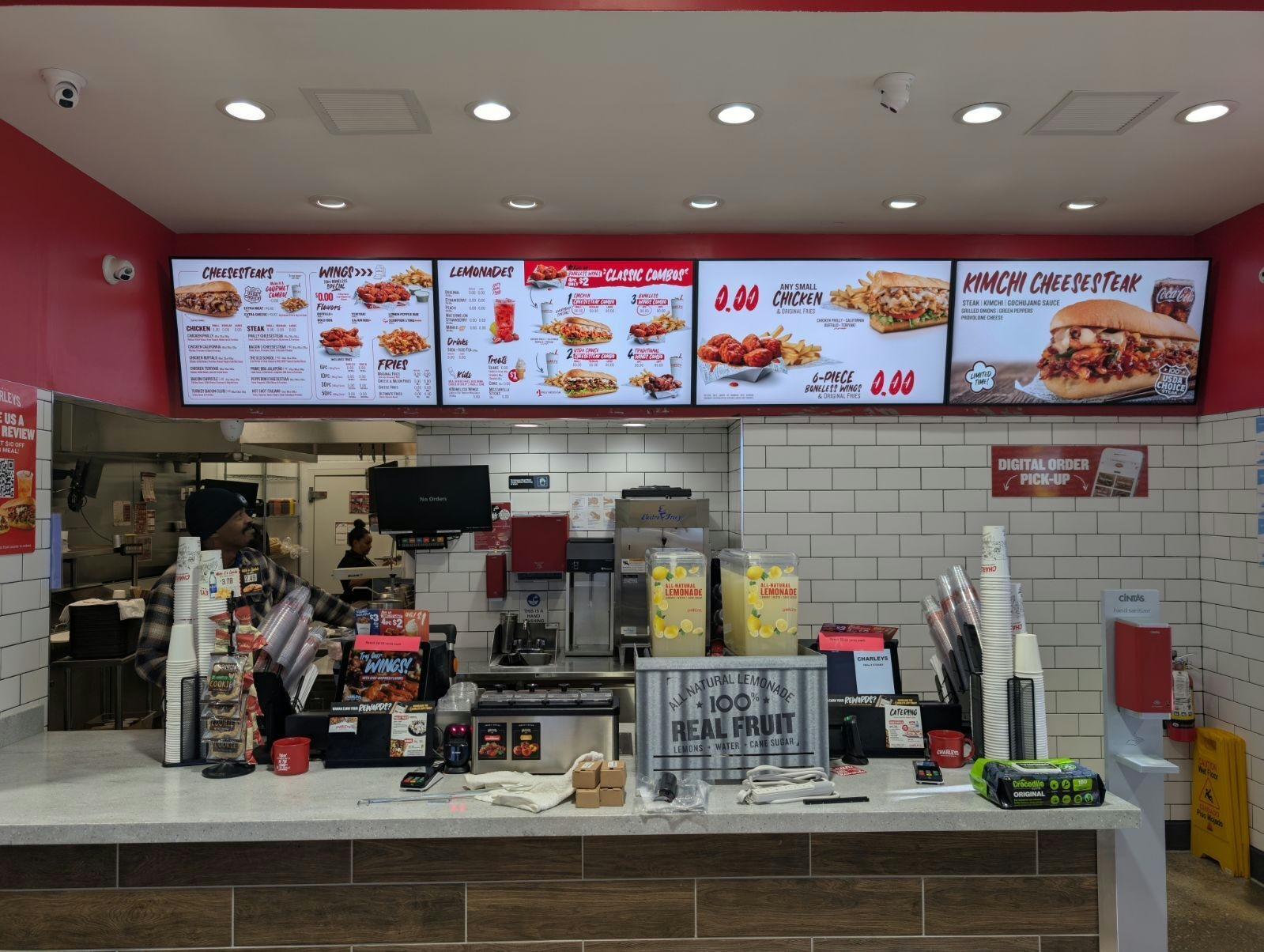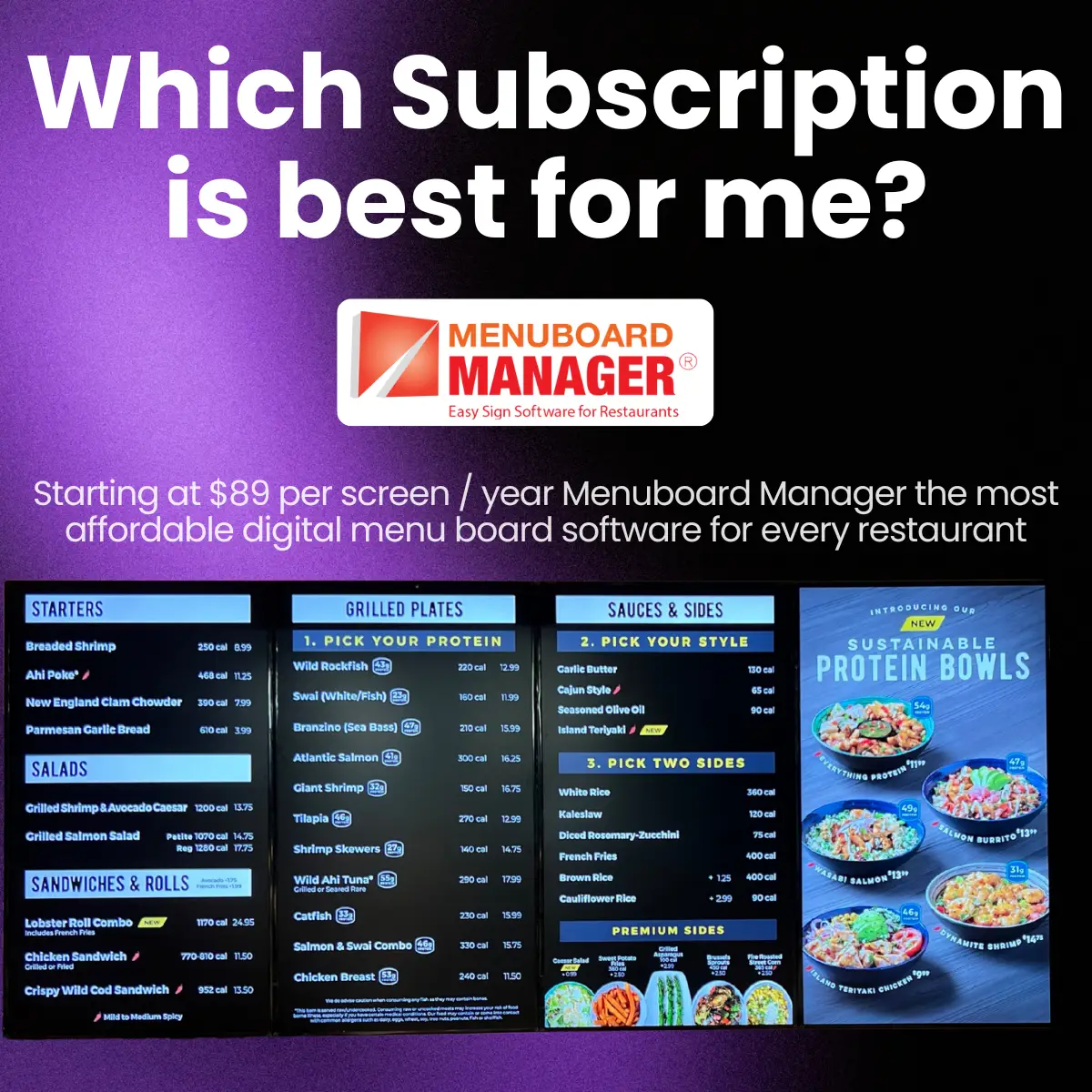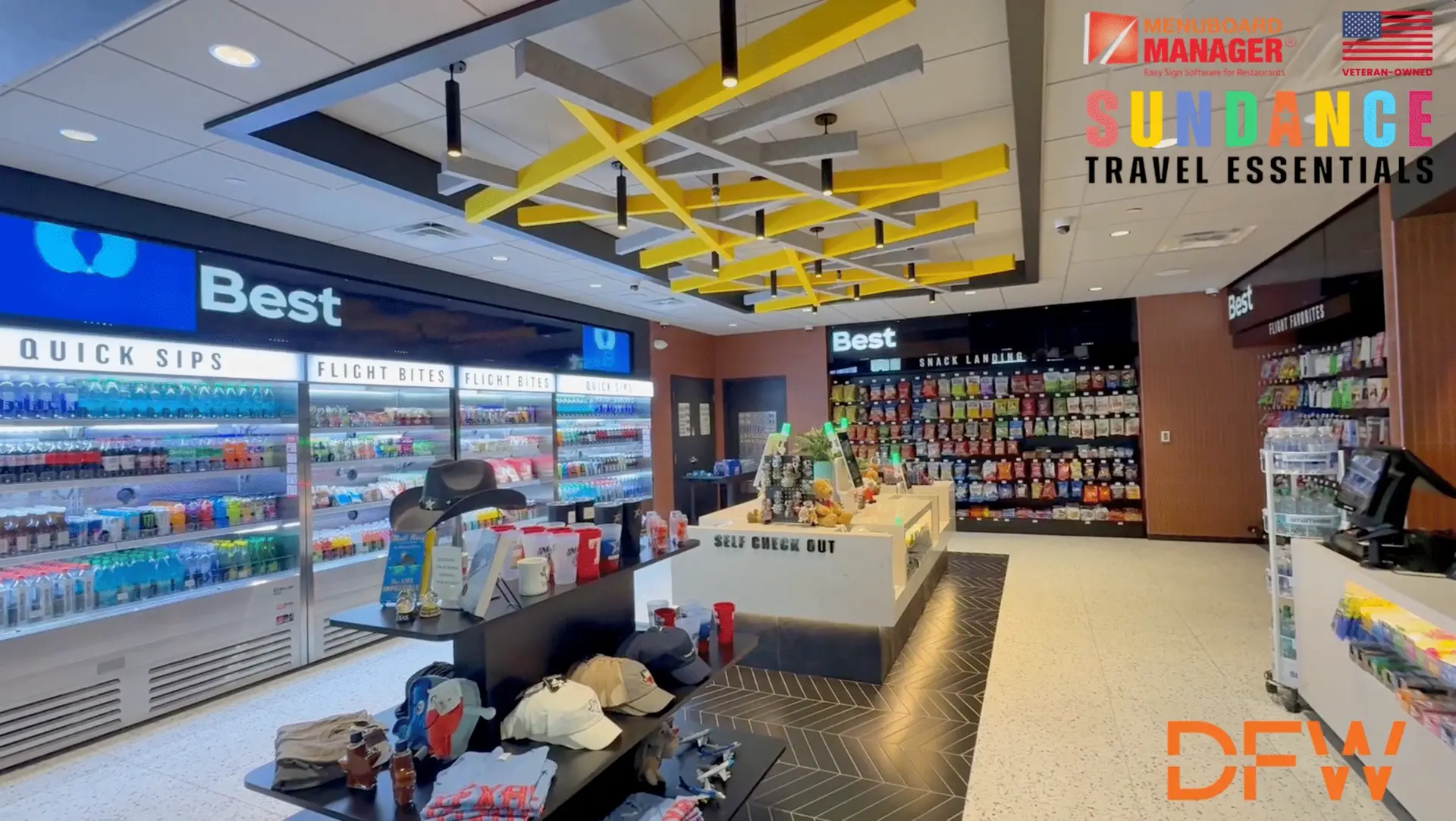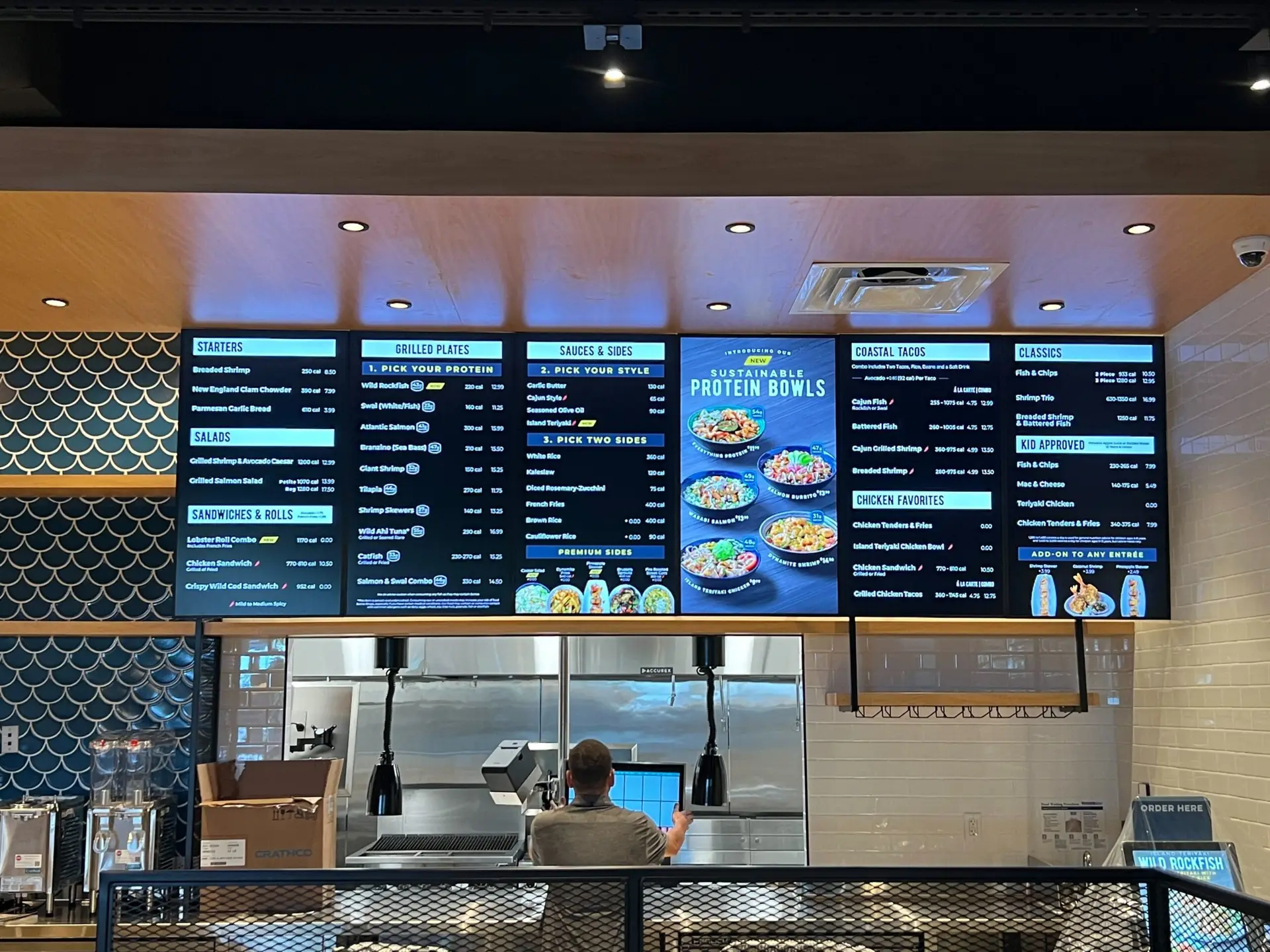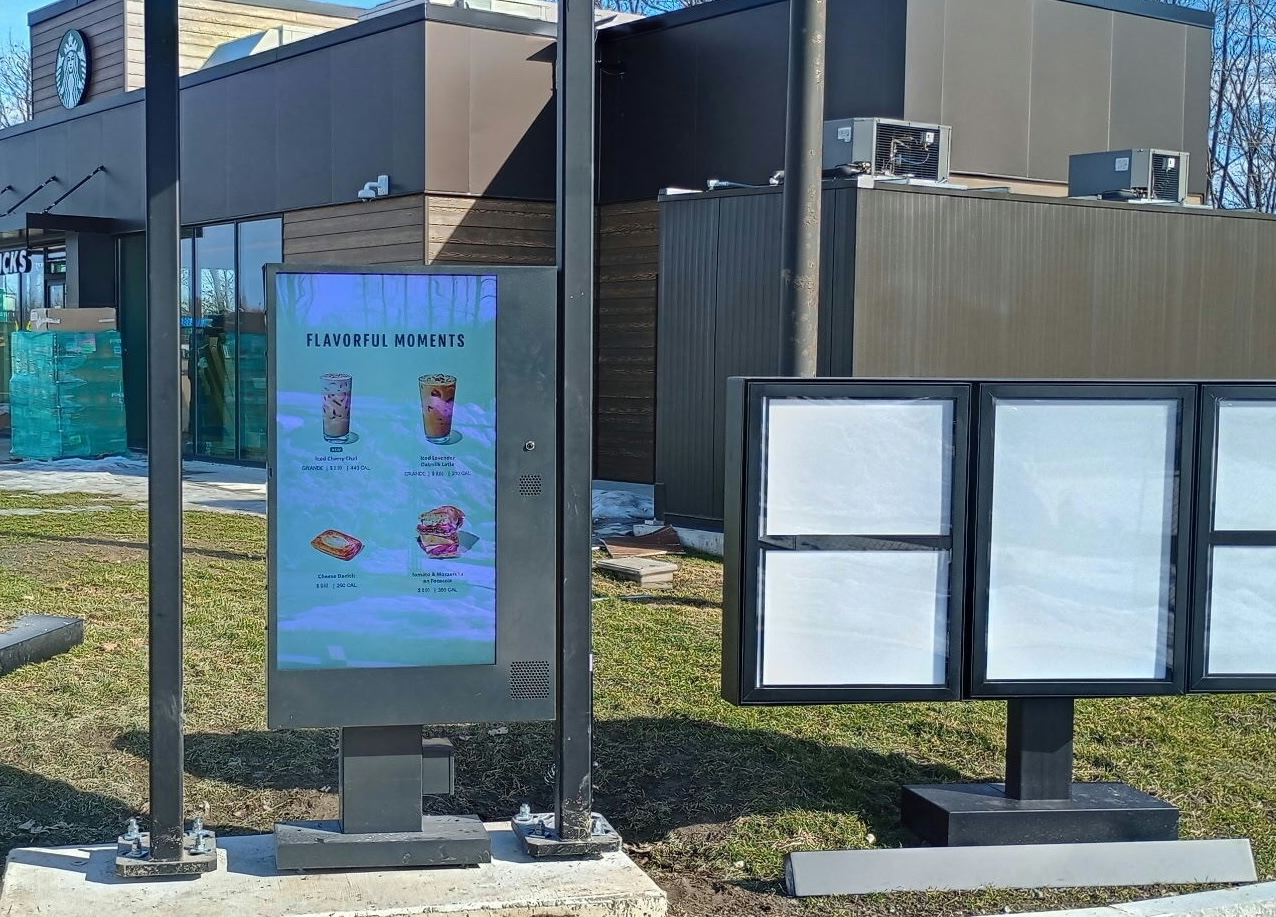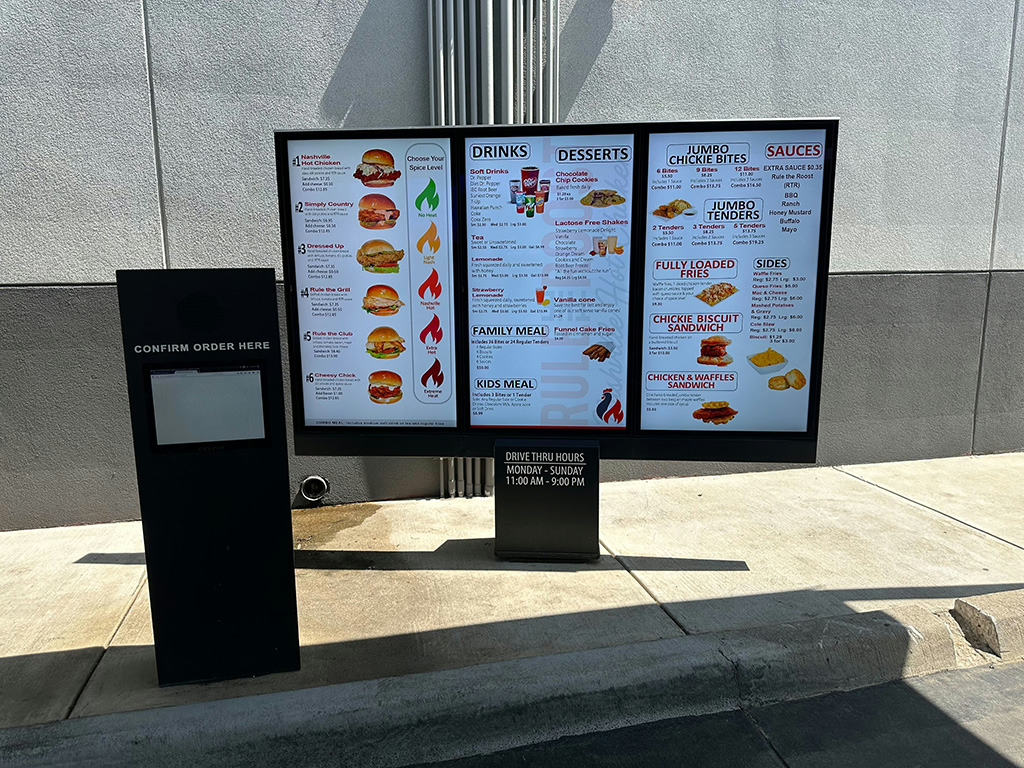Gone are the days of static menus and chalkboards—dynamic, visually appealing digital menu boards are becoming a staple in restaurants worldwide. In this guide, we’ll explore everything you need to know about digital menu boards for restaurants, from their benefits and setup to design tips and trends shaping the industry.
What Are Digital Menu Boards?
Digital menu boards are displays —typically flat-screen TVs or commercial-grade monitors, used to showcase a restaurant’s menu. These boards use software to dynamically update content, enabling restaurants to showcase menu items, promotions, or even entertainment. Connected to a content management system (CMS), they allow real-time changes with minimal effort, offering a significant advantage over traditional menu formats.
Benefits of Digital Menu Boards for Restaurants
1. Enhanced Visual Appeal
Digital menu boards can feature vibrant imagery, animations, and videos, making your menu visually engaging. High-quality visuals can whet customers’ appetites, leading to increased sales.
2. Flexibility and Real-Time Updates
With a digital menu board, changes to prices, specials, or seasonal items can be made instantly. This flexibility is particularly useful for restaurants with fluctuating menus or time-sensitive promotions, like happy hours.
3. Cost-Effective in the Long Run
While the initial investment may seem high, digital menu boards eliminate the need for costly reprints of static menus and promotional materials, saving money over time.
4. Increased Sales and Upselling Opportunities
Digital menu boards can showcase high-margin items, limited-time offers, or combos through strategic placement and dynamic content, encouraging customers to spend more.
5. Improved Customer Experience
Digital boards reduce perceived wait times by entertaining guests or providing useful information. They can also display nutritional information or accommodate multiple languages, enhancing inclusivity and convenience.
6. Brand Consistency
Digital menu boards allow for seamless branding across multiple locations. With a CMS, you can push consistent designs and promotions chain-wide.
How to Set Up a Digital Menu Board
Setting up digital menu boards involves a combination of hardware, software, and strategic planning. Here’s how to get started:
1. Choose the Right Hardware
- Display Screens: Commercial-grade screens are recommended for durability and better performance in various lighting conditions.
- Media Player: A media player connects the screen to your CMS and ensures smooth playback of your menu content. Some modern displays have built-in players.
- Mounts and Enclosures: Proper mounting ensures your screens are secure and at the optimal height for customer visibility.
2. Select the Software
A reliable CMS is the backbone of your digital menu board. Look for software that offers:
- User-friendly interfaces
- Real-time updates
- Scheduling capabilities
- Integration with point-of-sale (POS) systems
- Customization options for branding
3. Design Your Menu Content
Your menu should be visually appealing and easy to read. Consider hiring a graphic designer or using templates provided by your CMS.
4. Install and Test
Position your screens where customers can easily view them. Test the hardware and software to ensure everything runs smoothly before going live.
5. Train Your Team
Train staff to use the CMS, troubleshoot basic issues, and understand the value of the boards to enhance customer service.
Tips for Designing an Effective Digital Menu Board
1. Keep It Simple
Avoid overwhelming customers with too much information. Stick to a clean layout with clear sections for food categories, prices, and images.
2. Use High-Quality Images and Videos
Invest in professional food photography to showcase your dishes. Videos of sizzling steaks or melting cheese can tempt customers to order.
3. Prioritize Readability
Choose fonts that are easy to read from a distance. Use contrasting colors for text and background to ensure visibility.
4. Leverage Dynamic Content
Use animations or rotating slides to highlight promotions or popular items, but avoid excessive movement that can distract or confuse customers.
5. Incorporate Branding
Use your brand colors, logo, and tone to create a cohesive look that reinforces your restaurant’s identity.
6. Consider Placement and Viewing Angles
Position screens at eye level and in high-traffic areas. Ensure the content is legible from various angles and distances.
Trends in Digital Menu Boards
1. Interactive Touchscreens
Touchscreen digital menu boards allow customers to browse the menu, customize orders, and even place orders directly, streamlining the ordering process.
2. AI-Driven Personalization
AI can analyze customer preferences and suggest menu items or combos, creating a tailored dining experience.
3. Integration with Mobile Devices
Many digital boards now integrate with customers’ smartphones, allowing them to scan QR codes for mobile ordering or access interactive features.
4. Sustainability and Energy Efficiency
Eco-friendly screens with lower power consumption are gaining popularity as businesses prioritize sustainability.
5. Social Media Integration
Displaying live social media feeds, reviews, or user-generated content can boost customer engagement and social proof.
Common Mistakes to Avoid
1. Overcrowding the Screen
Too much text or too many images can overwhelm customers. Stick to key information and rotate content as needed.
2. Ignoring Maintenance
Regularly clean screens and check for software updates to avoid glitches or downtime.
3. Poor Design Choices
Low-quality images, inconsistent fonts, or clashing colors can make your menu look unprofessional.
4. Neglecting Analytics
Many CMS platforms offer analytics to track sales and engagement. Use this data to refine your menu strategy.
5. Not Updating Content Regularly
Outdated prices or promotions can confuse customers and hurt your credibility.
Examples of Digital Menu Board Use Cases
- Quick-Service Restaurants (QSRs): Highlight combos, limited-time offers, and high-margin items during peak hours.
- Cafés: Use rotating slides to showcase seasonal drinks or bakery items.
- Fine Dining: Create an elegant design featuring premium dishes and chef specials.
- Bars: Promote happy hours, drink specials, and live entertainment schedules.
- Food Trucks: Use mobile-friendly digital screens to adapt to changing menus and locations.
Also Read About: How Digital Menu Boards Drive Business Growth
Conclusion
Digital menu boards are more than just a tool—they’re the most important selling tool for a restaurant. They elevate the customer experience, streamline operations, and open up new avenues for marketing and sales. Whether you’re a small café or a multi-location chain, investing in digital menu boards can set you apart in an increasingly competitive market!
By understanding the benefits, setting up the right hardware and software, and designing effective content, you can leverage this technology to grow your business. With trends like AI-driven personalization and touchscreen interactivity on the rise, the potential for digital menu boards is only expanding.
Make the leap into the future of dining with digital menu boards, and watch as your restaurant thrives in this modern, modern era.



